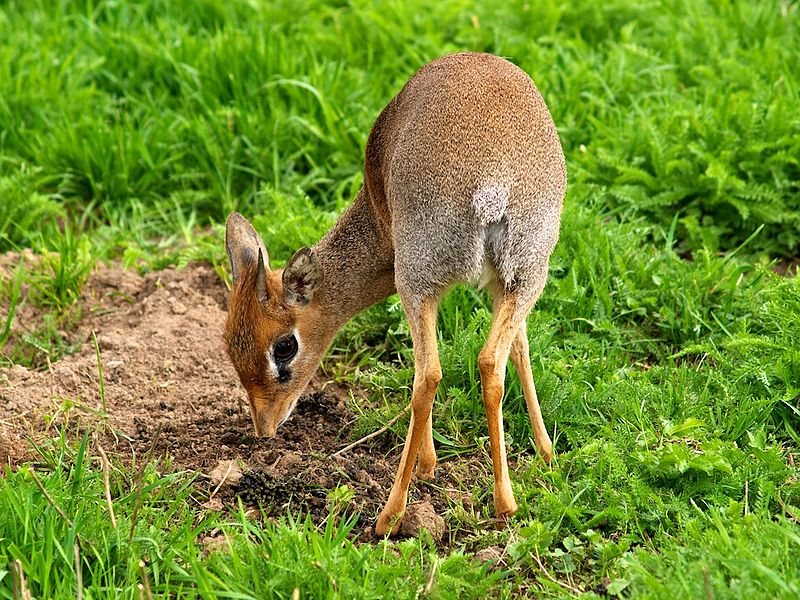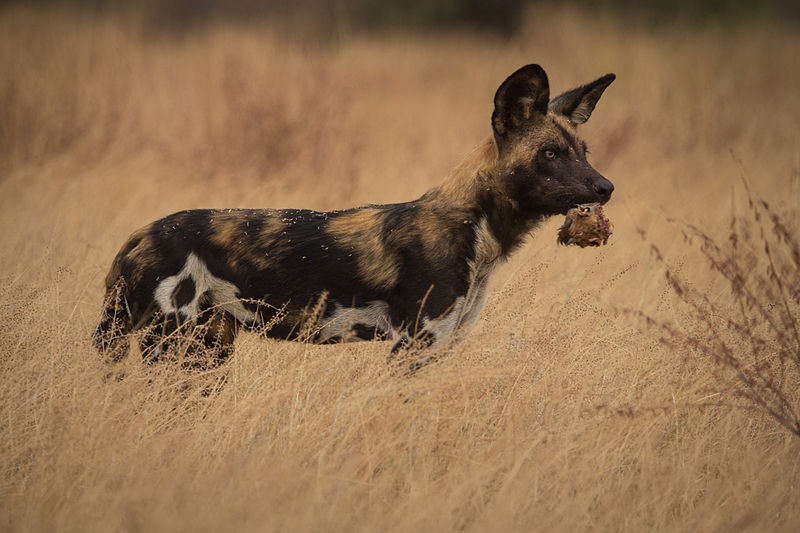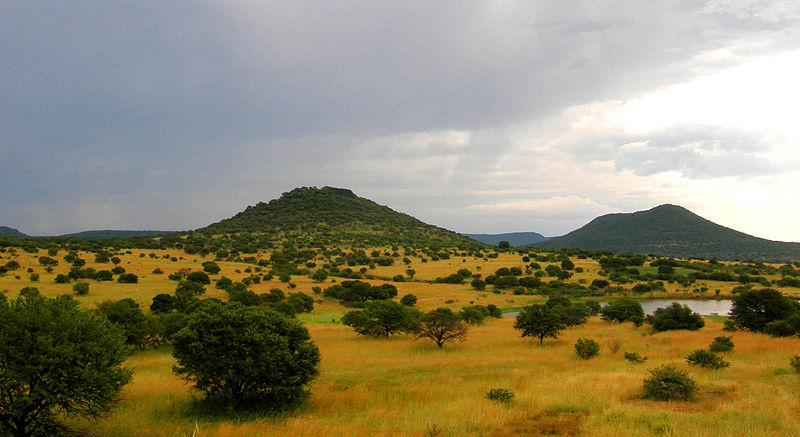Habitat
The dik-diks can be found in the equatorial region of Eastern
and Southern Africa, including: Ethiopia, Kenya, Somalia, Sudan,
and Uganda. These habitats are preferred for this species
because the savannas and shrub lands of African contain thicket
vegetation. They are capable of living in forest or open
plains and these environments can be arid or semi-arid
(Kingswood & Kumamoto, 1997).
 The semi-arid and arid climate in Eastern Africa and Southern
Africa experiencr an annual rainfall of of less than 760 mm.
Temperatures tend to be high and can reach 30 °C or above.
However, at night it can be very cold and get down to -38 °C
(Gayaza, 2). Plants that grow in arid environments are
drought resistant plants such as savannah grassland, thicket,
thorn brush, scrub and some areas of bare land (Gayaza ,5).
Considering that almost all dik-diks are found in arid and
semi-arid environments of Southern and Eastern Africa, they are
well adapted to this area and would have a hard time living in
any other condition.
The semi-arid and arid climate in Eastern Africa and Southern
Africa experiencr an annual rainfall of of less than 760 mm.
Temperatures tend to be high and can reach 30 °C or above.
However, at night it can be very cold and get down to -38 °C
(Gayaza, 2). Plants that grow in arid environments are
drought resistant plants such as savannah grassland, thicket,
thorn brush, scrub and some areas of bare land (Gayaza ,5).
Considering that almost all dik-diks are found in arid and
semi-arid environments of Southern and Eastern Africa, they are
well adapted to this area and would have a hard time living in
any other condition.
Figure 1.
Female dik-dik looking for food.
The reduction in plant size due for slash and burn cultivation
has benefited the dik-diks. These relatively small plants
are essential because it provides enough protection from the
dik-dik’s predators. Dik-diks have a brown, dusty coloring
that allows them to blend very well into the dry brush
surroundings. It offers enough covering to give them time
to browse for their food without being detected. They are
very short animals, often reaching heights of 30-40 cm;
therefore they cannot be in tall grasses because that would
hinder their view of the surroundings (Kingswood & Kumamoto,
1997).

Figure 2. African Wild dog with a dik-dik head.
There are wide ranges of organisms that live in this type of
environment in Africa. The little rainfall and wide range
of temperatures do not seem to stop some of the greatest mammal
diversity in the world. There are many carnivores that are
top predators such as the
lion,
cheetah, spotted hyena (also
known as the laughing hyena), African wild dog, and the caracal.
The reptiles that live in this habitat are the venomous black
mamba, African pancake tortoise, and the Nile crocodile.
Other animals that live in Eastern and Southern Africa are
African
elephant,
hippopotamus, black rhinoceros, warthogs, wild
pigs,
zebras,
giraffes, gazelles, and a wide variety of birds
such as the
ostrich (Elias, 2006).
